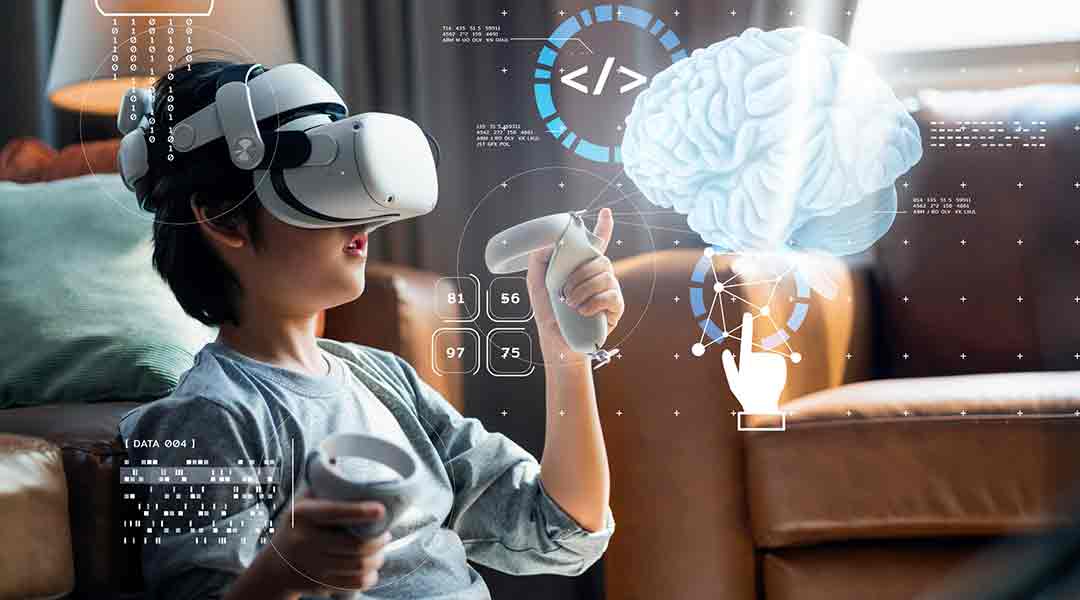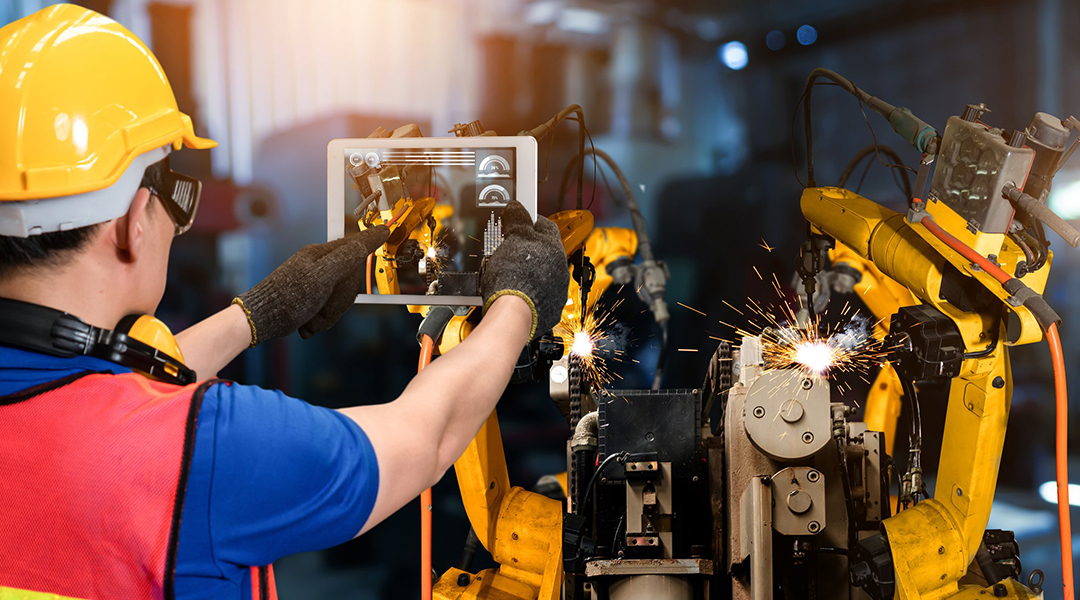Augmented reality (AR) is revolutionizing the automotive industry, particularly in vehicle diagnostics and repair. As an augmented reality app development company, we are at the forefront of this technological shift. Our focus is on creating AR solutions that provide real-time, accurate, and efficient vehicle diagnostic and repair services. These innovations are not just changing how mechanics interact with cars but also enhancing vehicle owners' overall experience.
Integrating AR into automotive services is a significant leap forward, offering a blend of virtual and real-world elements that transform traditional vehicle maintenance. Our AR applications are designed to provide intuitive interfaces, detailed visual guides, and interactive features that simplify complex repair tasks. As we continue to innovate, our goal remains clear: to elevate vehicle servicing standards through advanced AR technology, ensuring reliability and precision in every aspect of car maintenance.
The Rise of Augmented Reality in Automotive Industry
The integration of augmented reality in business is reshaping the automotive industry. This technology revolutionizes vehicle diagnostics and repair, offering advanced, interactive solutions for enhanced efficiency and precision in car maintenance.
Transforming Vehicle Maintenance
Augmented Reality is increasingly being recognized as a transformative force in vehicle maintenance, offering significant benefits in efficiency and accuracy. Real-world applications of AR in the automotive industry demonstrate its growing influence and potential.
One notable example is the integration of AR tools in commercial vehicle repair shops, greatly enhancing productivity. These tools, ranging from smartphones and tablets to sophisticated wearable computers like RealWear’s HMT-1 headsets, provide mechanics with contextual visual data, which can include anything from simple work instructions to complex holographic displays of vehicle parts.
Similar technologies enable mechanics to access remote expertise, significantly speeding up diagnostics and repairs. For instance, MAN Truck's sole distributor in Romania, MHS Truck & Bus, has successfully implemented RealWear's HMT-1, cutting diagnosis time by 75% and travel time by 50%.
Despite its benefits, the adoption of AR in vehicle maintenance has been uneven. While AR technology has shown a 12.5% growth in the automotive market in 2020, its widespread adoption, especially in commercial vehicle maintenance, lags behind. Factors contributing to this slow uptake include the perceived complexity of integrating AR into existing workflows and the need for significant organizational effort to fully leverage this technology.
The use of AR is not limited to diagnostics and repair but extends to training as well. For instance, Penske Truck Leasing employs Microsoft HoloLens 2 devices for training their maintenance technicians. Such an approach enables one-to-many training sessions, where instructors, equipped with AR devices, can provide a first-person view of tasks to multiple trainees simultaneously, enhancing the learning experience. The AR technology allows for specific skill-building events and provides trainees with real-time, interactive instructions.
So, the integration of AR in vehicle maintenance is proving to be a game-changer. It not only streamlines the repair and maintenance processes but also revolutionizes the training and skill development of technicians. As the technology becomes more accessible and understood, its adoption is likely to accelerate, further transforming the automotive service industry.
AR in Automotive — From Concept to Reality
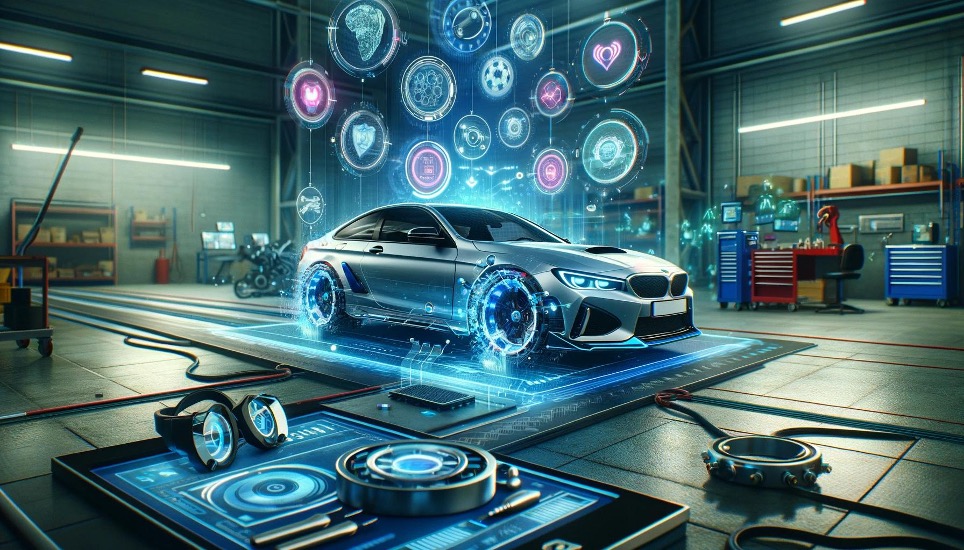
Augmented reality has journeyed from a speculative concept to an impactful reality within the automotive industry. This transformational path showcases a blend of technological innovation and practical application, reshaping how vehicles are manufactured, maintained, and experienced. Here's a look at the key milestones marking this evolution.
- Early experimentation. Augmented reality in the automotive industry began as an experimental project, exploring how digital overlays could enhance the understanding of complex vehicle systems.
- Advancements in AR technology. Rapid advancements in AR hardware and software have enabled more realistic and interactive experiences, making AR tools more practical and effective for automotive applications.
- Wider industry adoption. Automotive manufacturers and repair shops are increasingly adopting AR for various purposes, from assembly line optimizations to interactive repair guides.
- Integration in training and diagnostics. AR is extensively used for training technicians, providing them with real-time 3D models and diagrams. It's also being used for vehicle diagnostics, offering mechanics detailed, interactive representations of vehicle components.
- Customer experience enhancement. AR technology is being leveraged to improve the customer experience, such as through virtual showrooms and interactive vehicle manuals.
- Future potential. As AR technology continues to evolve, its potential applications in the automotive sector are expanding, promising even more innovative solutions for vehicle design, manufacturing, maintenance, and customer engagement.
The journey of AR from an ambitious idea to a concrete reality in the automotive sector underscores a broader trend of digital transformation. The potential for future innovations is boundless as the technology continues to evolve and integrate more seamlessly into automotive processes. AR's trajectory in the automotive industry is a story of technological advancement and a testament to the limitless possibilities of merging the digital with the mechanical.
Understanding AR Technology in Vehicle Diagnostics
Understanding AR technology in vehicle diagnostics has become increasingly crucial, blending traditional automotive expertise with the digital precision of augmented reality in manufacturing to deliver more accurate and efficient diagnostic processes.
The Mechanics of AR Diagnostics Tools
The mechanics of AR diagnostic tools in the automotive industry represent a significant leap in vehicle maintenance technology. These tools enhance traditional methods with digital accuracy, interactivity, and efficiency. Let's explore the key aspects of how these tools function and their impact on automotive diagnostics.
- Understanding the mechanics of AR diagnostic tools in automotive repair. The application of AR in vehicle diagnostics has significantly evolved, offering innovative solutions for modern vehicle maintenance challenges.
- Interactive diagnostics and troubleshooting. AR technologies offer mechanics interactive, step-by-step guidance during diagnostics and repairs. Leveraging wireless connectivity to vehicles, these tools provide comprehensive instructions and visual aids at every stage of the process.
- Real-time data analysis and machine learning integration. AR devices, by superimposing digital information over a mechanic's field of view, process real-time data and suggest subsequent diagnostic steps. This synergy of real-time analytics and machine learning significantly diminishes inefficiencies, particularly in intricate diagnostic scenarios.
- Hands-free operation with wearables. The advent of wearable AR devices has introduced a hands-free dimension to vehicle diagnostics. These devices, often voice-operated, allow technicians to access instructional content and connect with experts remotely, ensuring a seamless interaction between the user and the diagnostic tool.
- Enhanced training capabilities. AR technologies are not limited to diagnostics; they also play a crucial role in training. For example, using devices like Microsoft HoloLens 2, trainers can stream first-person lessons with virtual elements to technicians. This training method is not only cost-effective but also provides an immersive learning experience.
- Predictive maintenance and future-proofing. AR in vehicle diagnostics goes beyond immediate repairs. It also aids in predictive maintenance by analyzing vehicle data to anticipate potential failures. This proactive approach helps in avoiding breakdowns and unnecessary repair costs.
So, AR diagnostic tools in the automotive industry are transforming the way vehicle maintenance and repairs are conducted, making them more efficient, accurate, and user-friendly.
Case Studies: Successful AR Diagnostics Implementations
The application of augmented reality in automotive diagnostics has seen several successful implementations, each demonstrating the versatility and effectiveness of AR in different aspects of vehicle maintenance and repair.
- Porsche's AR Glasses for technical support. Porsche has implemented AR glasses in its dealerships to assist with complex technical problems. The AR glasses enable technicians to connect with remote experts for help, allowing for more precise and consistent decision-making in diagnostics and repairs.
- Hyundai's AR-based maintenance assistance. Hyundai's AR smartphone application, the Hyundai Virtual Guide, aids in diagnostics and maintenance. Car owners can use the app to scan their vehicle and receive overlaid digital information, assisting them in performing simple maintenance and diagnostic tasks like oil changes or identifying issues with the car.
- Ford's use of AR for vehicle repairs. Ford has integrated AR into their after-sales services to improve and facilitate the vehicle repair process. The company's dealerships collaborate with experienced technicians using AR, which helps in diagnosing issues more accurately and expedites the repair process. The system also records repair details for future reference, ensuring technicians have access to the vehicle's maintenance history.
These case studies demonstrate the wide-ranging impact of AR and related technologies in the automotive industry, from enhancing driver safety and convenience to revolutionizing manufacturing processes and customer experiences. As these technologies continue to evolve, they are set to play an even more integral role in shaping the future of automotive diagnostics and repairs.
Program-Ace's AR Wheel Replacement Training
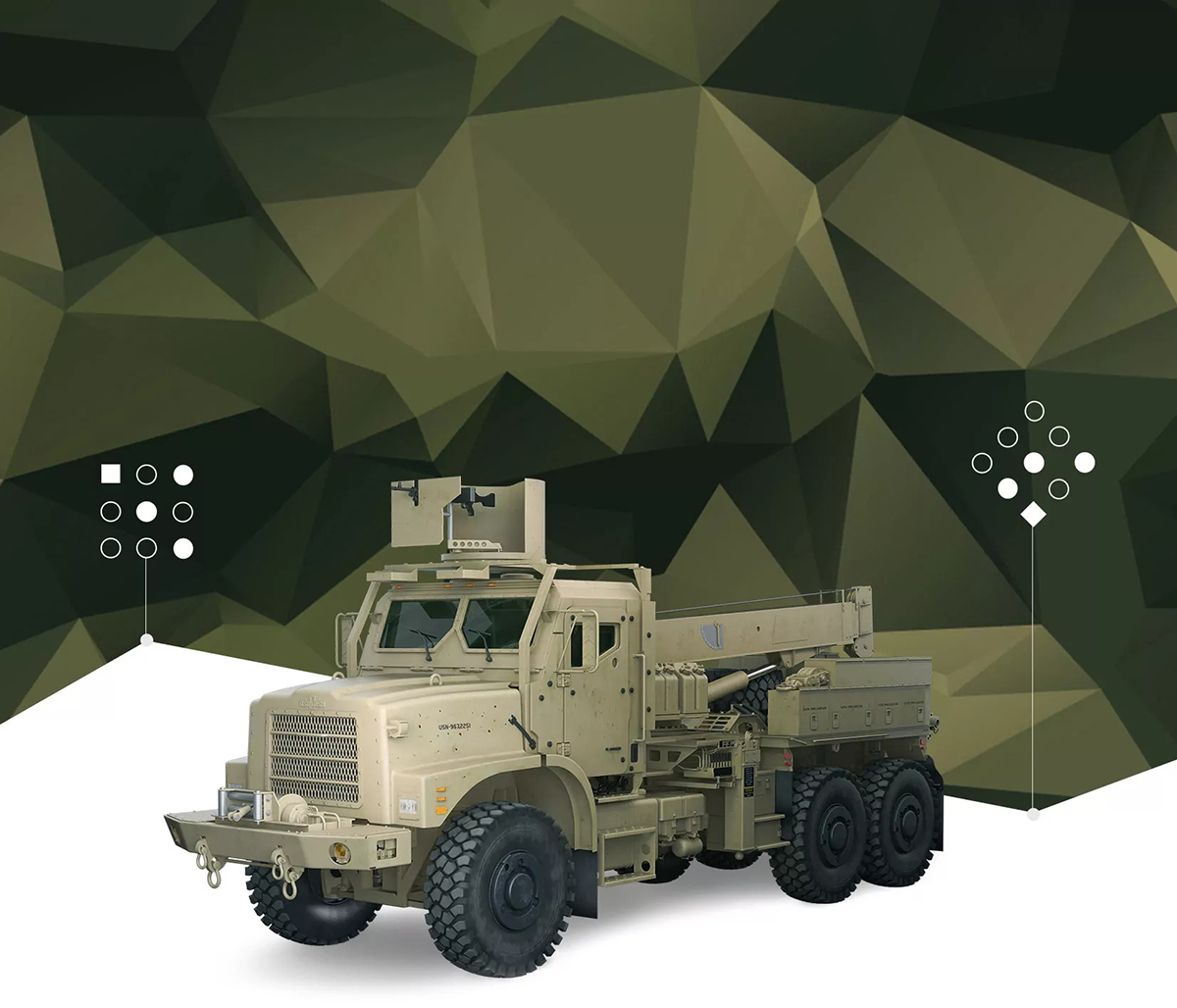
Program-Ace's Wheel Replacement Training redefines automotive and military training with its AR and mixed reality app. This gamified solution, featuring 3D models and holographic computing, offers an immersive training experience. Embrace this innovative approach for a more engaging, effective training process.
AR Solutions for Vehicle Repair: A Game Changer
Augmented reality solutions in vehicle repair are revolutionizing the way we approach automotive maintenance, offering innovative and efficient tools that enhance precision and transform technical service processes.
Step-by-Step AR Guidance for Repairs
Augmented reality (AR) is significantly transforming vehicle repair approaches, offering step-by-step guidance that enhances accuracy and efficiency. Here's how AR is used in the repair process:
- Identification of the issue. AR starts by assisting technicians in quickly identifying the problem area of a vehicle. By overlaying digital information onto the physical vehicle, AR can pinpoint specific issues, reducing the time spent on initial diagnostics.
- Access to digital manuals. AR provides technicians instant access to digital repair manuals and schematics, meaning they can view detailed, interactive guides directly alongside the vehicle, streamlining the repair process.
- Visual step-by-step instructions. Through AR headsets or tablets, technicians receive visual, step-by-step instructions for the repair. This method ensures that every step is followed correctly and can include animations to demonstrate complex tasks.
- Remote expert assistance. AR enables technicians to connect with experts remotely. These experts can view the issue through the technician's AR device and provide real-time guidance and support, making complex repairs more manageable.
- Highlighting specific components. AR technology can highlight specific vehicle components that need attention, ensuring that technicians focus on the right areas. This feature is particularly useful in complex systems where visual identification might be challenging.
- Verification of completed repairs. After the repair, AR can be used to verify that all steps have been completed correctly, which can include checking that all parts are reassembled correctly and functioning as expected.
- Training and skill development. AR is also used for training new technicians. It allows them to practice repairs in a controlled, virtual environment before working on actual vehicles, enhancing their skills and confidence.
- Customer engagement. Some AR applications allow customers to understand the repairs done on their vehicles. By viewing AR visualizations, customers can better appreciate the work and complexity involved in the service.
By incorporating these steps, AR solutions in vehicle repair are increasing the efficiency and accuracy of repairs and enhancing the overall service experience for technicians and customers alike.
Augmented Reality Automotive Tools through the UX Lens
Exploring augmented reality automotive tools from a user experience (UX) perspective reveals innovative interfaces that significantly enhance interaction and usability in vehicle maintenance.
User-Friendly Interfaces for Non-Professionals
For non-professionals delving into vehicle maintenance, augmented reality automotive tools are emerging as vital aids, simplifying complex repair tasks. Here's an exploration of how these tools are designed for ease of use:
-
Direct visual prompts. AR automotive tools display visuals directly onto vehicle components, guiding users to specific locations for maintenance tasks, thus eliminating guesswork.
-
Responsive learning features. The interaction with AR tools is designed to be responsive, offering real-time feedback that aids in understanding complex vehicle systems through hands-on experience.
-
Demystified technical content. These tools distill automotive technicalities into straightforward, easily digestible visuals and language, making complex concepts accessible to non-experts.
-
Tailored user experience. AR automotive tools allow customization, adapting to the user's expertise level and providing control over the depth of information displayed.
-
On-demand expert support. For added assurance, some AR tools connect users with professionals for live guidance, bridging the gap between novice understanding and expert knowledge.
Incorporating these elements, AR tools in the automotive sector empower non-professionals, turning daunting vehicle maintenance tasks into manageable educational experiences. These tools are not just about problem-solving; they're about fostering confidence and competence in users traditionally outside the professional automotive sphere.
Training and Skill Development via AR
With AR's immersive technology, students may interact with intricate automotive systems in a realistic but virtual environment. This approach to learning involves experiencing and dynamically interacting with the material rather than merely absorbing it.
With AR's interactive simulations, trainees can thoroughly grasp how car systems function by seeing a realistic and accurate picture of automotive components and procedures. Understanding complex mechanical and electronic components is made much easier with the help of this practical technique. Learners can investigate and acquire knowledge through virtual disassembly and assembly without endangering actual automobiles.
Furthermore, augmented reality in training goes beyond a car's external features. It can integrate diagnostics and theoretical knowledge, fusing critical thinking with practical abilities. For example, trainees can improve their problem-solving skills in a controlled setting by simulating troubleshooting circumstances.
Remote expert coaching is a significant benefit of augmented reality in automotive instruction. Skilled experts can help learners at a distance by giving them comments and guidance in real time, promoting a collaborative learning environment, and increasing accessibility to expert information. One essential component of AR training programs is customization.
They can be customized to meet specific learning goals or proficiency levels, guaranteeing that every learner gets the most pertinent and helpful instruction possible. This individualized method is a versatile instrument for educational development because it accommodates a range of learning styles and speeds.
Future Trends and Developments in AR Automotive Solutions
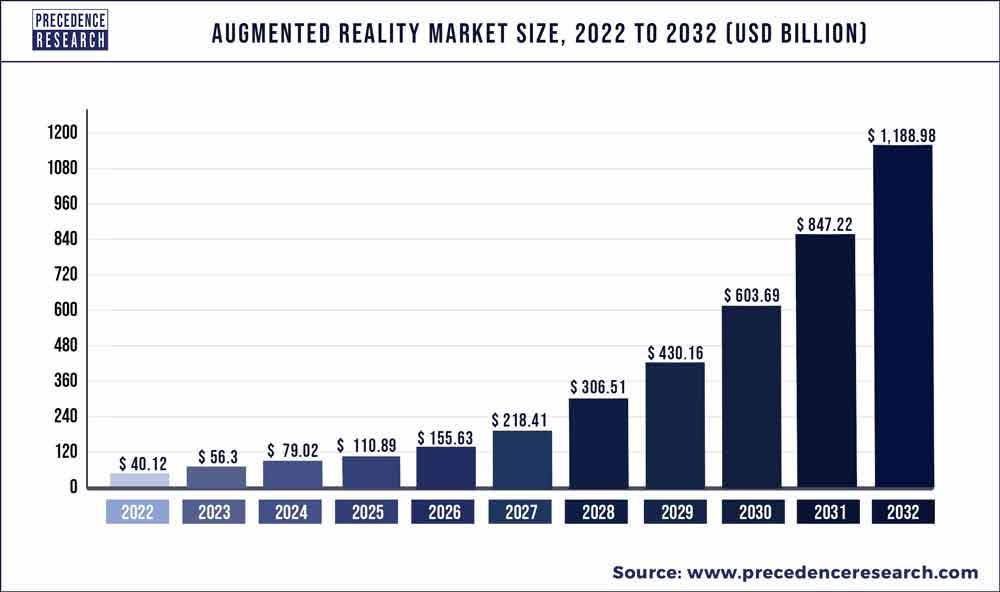
The future of augmented reality in the automotive industry is marked by rapid growth and technological innovation. Expected to reach $14.44bn by 2027, the AR automotive market is evolving swiftly, driven by advancements in technology and growing market demand. Notably, Apple's ARKit 6 enhancements are pushing the boundaries of AR capabilities, introducing features like improved motion capture and people occlusion, which are crucial for creating more immersive automotive experiences.
Simultaneously, the integration of artificial intelligence with AR is set to revolutionize automotive manufacturing and assembly processes. This combination is poised to bring about significant efficiency improvements, particularly in error handling and production optimization. Moreover, spatial mapping technology, essential for creating virtual spaces, is expected to transform both the consumer experience and industrial processes in the automotive sector.
Furthermore, mobile augmented reality is becoming popular, making AR experiences more accessible. As smartphones and tablets become increasingly capable of delivering high-quality AR, the potential for innovative applications in the automotive sector grows. This trend indicates AR's expanding reach, making it accessible to a broader consumer base and integrating it more seamlessly into everyday life.
These developments suggest a dynamic and rapidly evolving landscape for AR in the automotive industry, characterized by technological advancements, integration with AI, and a focus on enhancing the manufacturing process and the end-user experience.
Get Maximum Value from Our AR Automotive Solutions
Maximize the potential of your automotive operations with our custom software development company's advanced AR solutions. We specialize in state-of-the-art augmented reality technology and focus on enhancing vehicle diagnostics and maintenance processes. Our AR tools are designed for accuracy and user engagement, offering interactive and intuitive experiences. We prioritize addressing specific challenges in the automotive sector with tailored solutions.
Contact us to discover how our AR applications can revolutionize your automotive services, providing you with the tools to stay ahead in a rapidly evolving industry. Our commitment is to deliver unparalleled efficiency and innovation through our customized AR solutions.

